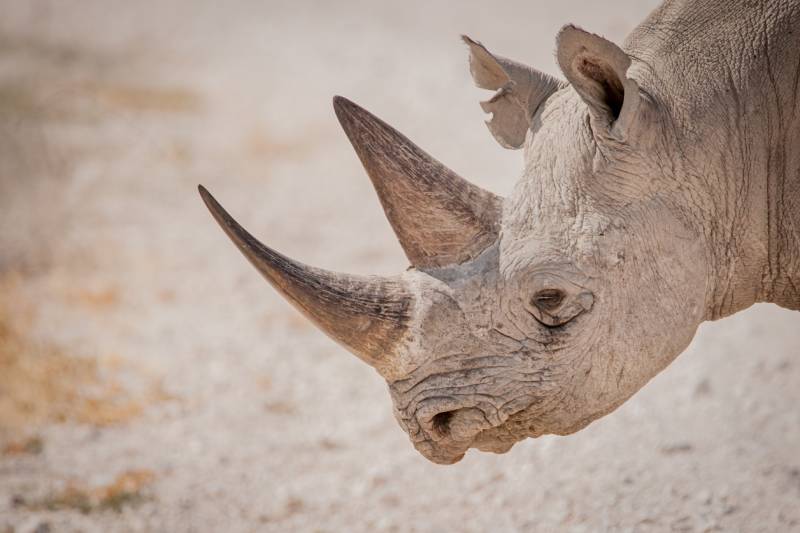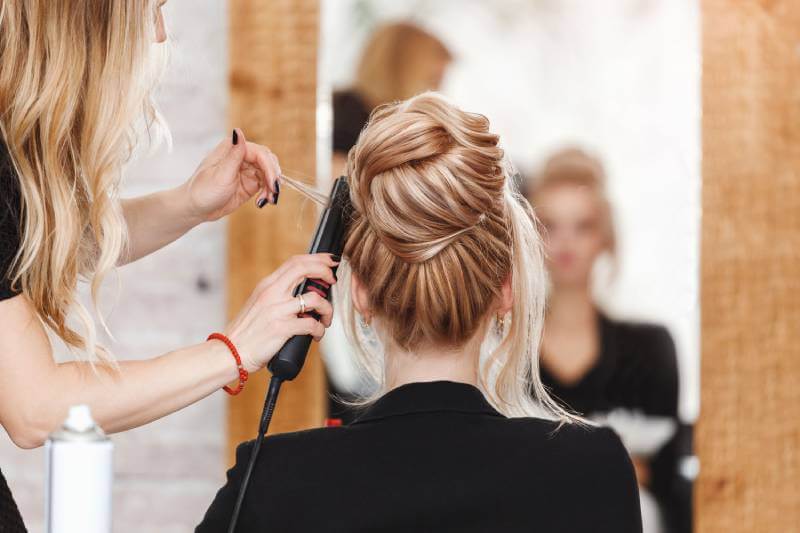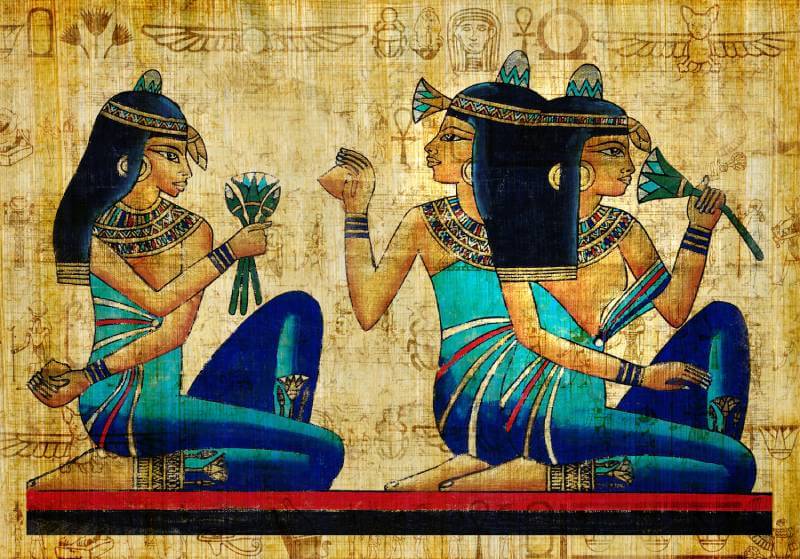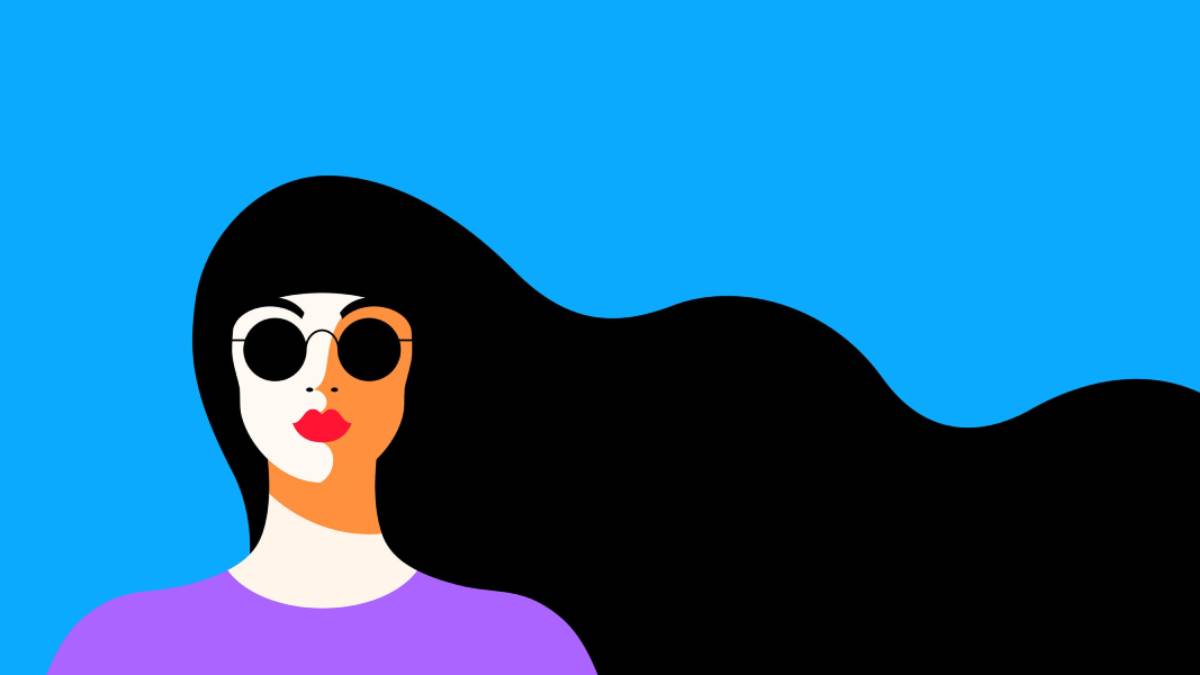From giant Elizabethan wigs to David Beckham’s mohawk, hair has been an essential part of how people present themselves since time immemorial, and dominates many modern beauty routines.
Here are a few things you might not know about hair – both yours and others’…
1. Hair is made from the same stuff as rhino horns
Human hair consists of a hardy protein named keratin, which also makes up horses’ hooves, tortoises’ shells, snakes’ scales, elephants’ skin, lions’ claws, rhinos’ horns, the beaks, talons and feathers of most birds, spider silk and your fingernails. Among other things. We’re all just animals.

2. You’re probably hairier than you realise
Of the several million hair follicles in the human body, a small minority of 100,000 or so reside in the scalp. The rest can be found literally everywhere on your body, with the exception of your palms, your lips, your eyelids, and the soles of your feet.
Read: Bizarre facts about the human body
3. An NFL player once insured his hair for $1 million
You might not have thought it, but hair can be valuable. In 2010, Pittsburgh Steelers player Troy Polamalu took out a $1 million insurance policy from Lloyd’s of London on his trademark curly black locks. He had not cut his hair since 2000 as a tribute to his Samoan ancestors, and was a spokesperson for shampoo brand Head & Shoulders.
View this post on Instagram
4. A full head of hair can support the weight of two elephants
Do not, we repeat, do not try this at home. A single strand of hair can bear up to 100g in weight (roughly two golf balls), while a full head of hair could theoretically support around 12 tonnes, equivalent to two African elephants or one bus. It’s worth pointing out that although the hair itself could bear the load, your head most definitely could not.
5. Your hair has a sense of smell (sort of)
This gets a bit weird, so bear with us. A 2018 study, published in the journal Nature Communications, found that hair follicles contain ‘olfactory receptors’, the very same receptors in the nose that detect odours. When these receptors were exposed to the synthetic scent of sandalwood, they responded by stimulating growth. You hair doesn’t enjoy a sensory relationship with your brain in the same way that your nose does, but it seems it can detect and respond to smells.
Read: Five myths and facts about keeping your teeth healthy

6. The longest ever human hair measured 26 feet …
… and was owned by Indian monk Swami Pandarasannadhi. Since he’s long dead the evidence for his ginormous dreadlocks is entirely photographic, but the length reported in 1949 has been ratified by Guinness World Records.
There are a lot of other hair-related records. American David Reed sports the world’s longest arm hair (8.54 inches), an inch longer than the longest eyebrow hair (7.5 inches) on China’s Zheng Shusen. Italian Vittorio Lullo scoops longest chest hair with 11.1 inches, while countryman Daniele Tuveri notches longest nipple hair with 6.69 inches. The longest ear hair stretches 7.12 inches, and is owned by retired Indian headmaster Anthony Victor.
7. Hair is so adsorbent it’s been used to clean up oil spills
No, that’s not a typo, hair is ad-sorbent rather than ab-sorbent – meaning it collects fluids rather than soaking them up. A single hair can accumulate between three and nine times its own weight – a driving factor behind unwashed locks becoming greasy.
Researchers have suggested barbershop floors could be invaluable resources in cleaning up oil spills, and tonnes of human and dog hair were used to help mop up a devastating oil spill in the Gulf of Mexico in 2010.
8. Animal fat was a favoured hair product for millennia
Some truly heinous things have been used as hair products down the centuries, perhaps none ickier than unadulterated lard.
Read: Six ways to make weak or damaged hair stronger

Analysis of Egyptian mummies revealed traces of animal fat in their carefully choreographed coifs, apparently used as a prehistoric styling gel. Lard was still in use as late as the 18th century, and some high society Europeans slept with caps to keep away rats.
Did you know any of these hair facts? Let us know in the comments section below.
– With PA


Please don’t use imperial measurements in stories. We moved on from that a long, long time ago. It is nearly 2023,